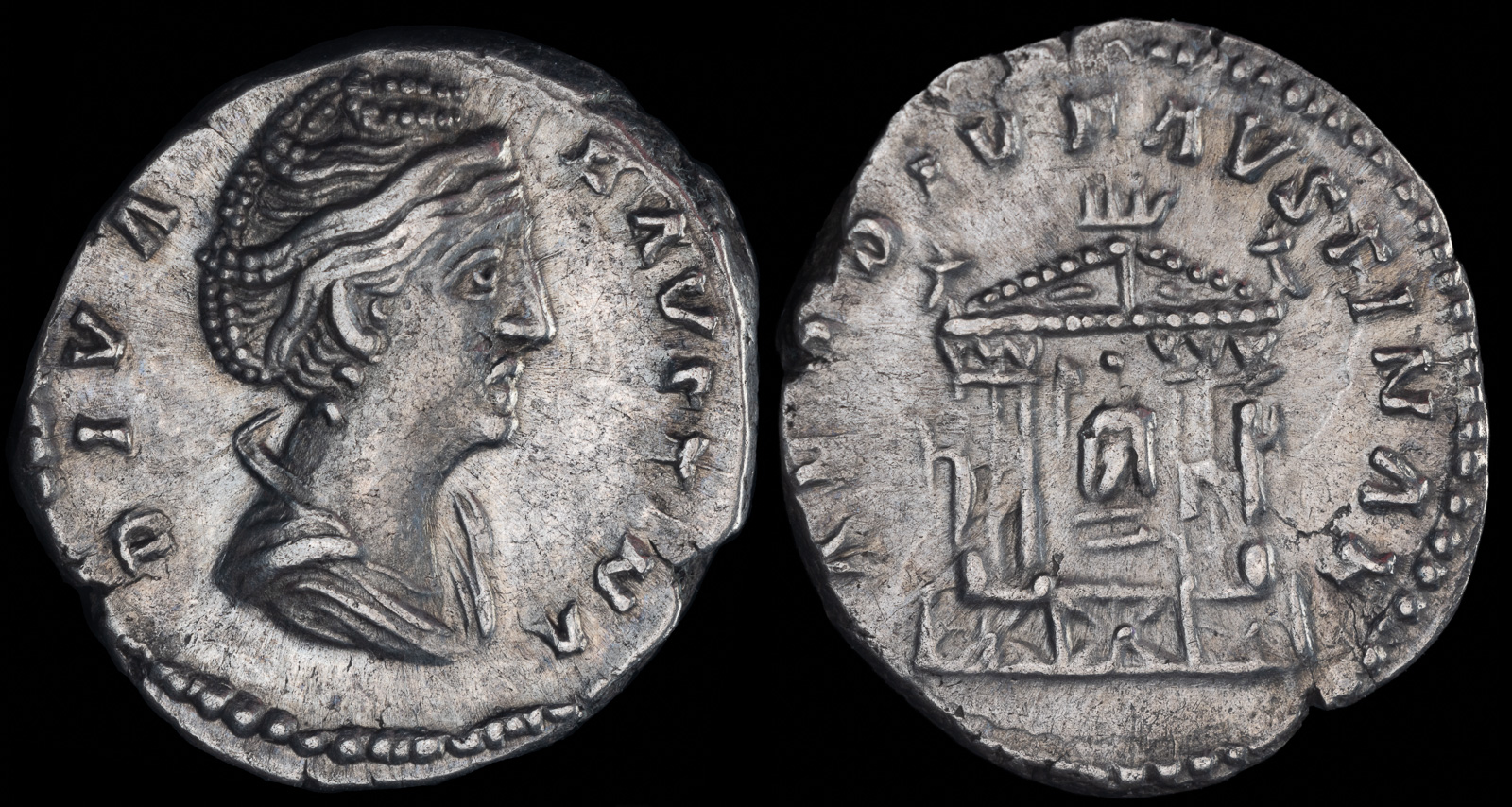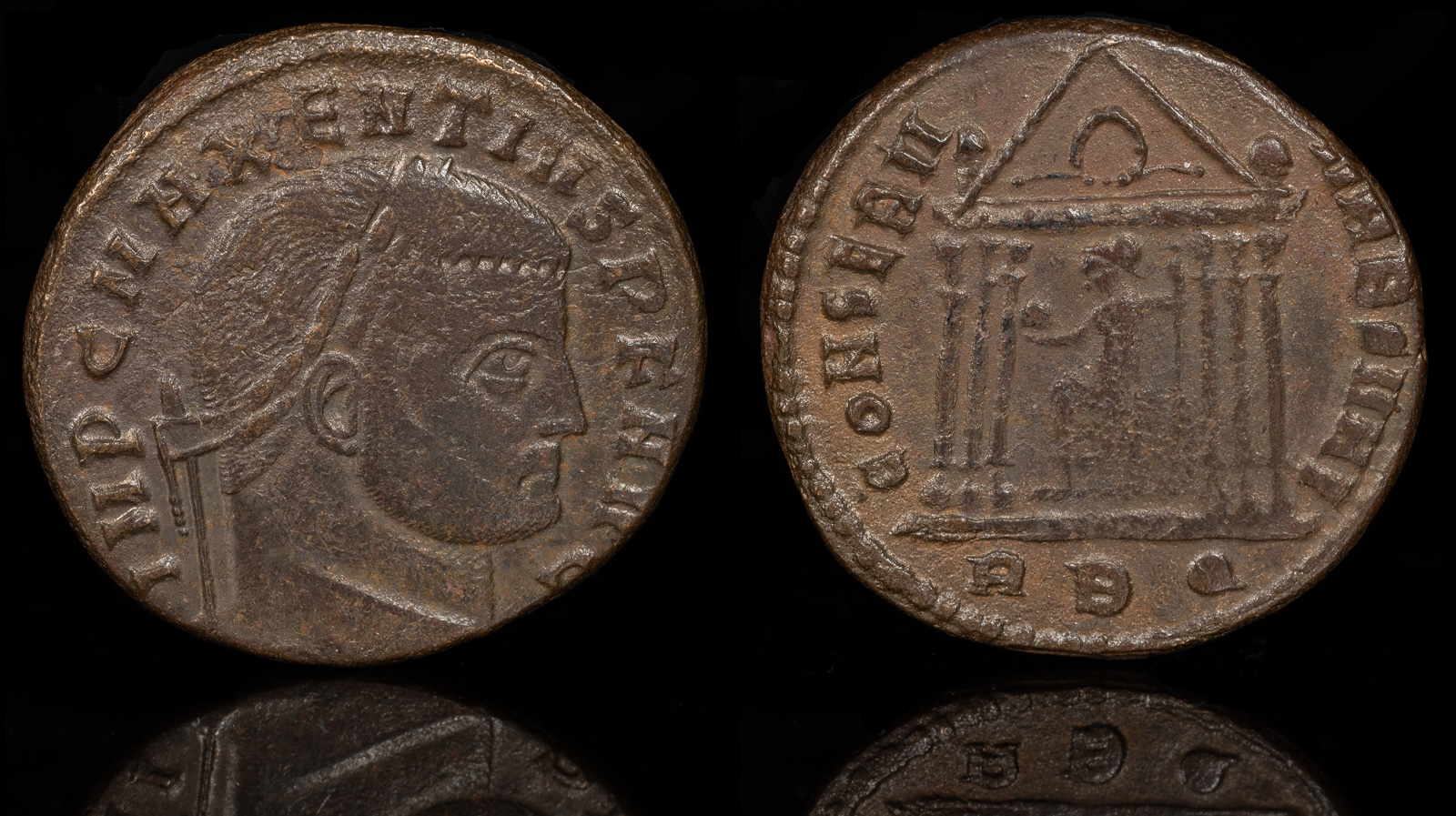Acroteria
View All Tags
Originally, acroteria were made of terra-cotta or stone and were relatively simple in design. Over time, they evolved into more elaborate and intricate forms, often sculpted to depict mythological figures, animals, floral motifs, or abstract patterns. Popular designs included palmettes, anthemia, winged figures, and griffins. In some cases, acroteria also served as a medium for conveying the building’s religious or civic purpose, with depictions of gods or other sacred imagery.
Functionally, acroteria were integral to the aesthetic harmony of classical architecture. They capped the lines of the pediment, drawing the eye upward and outward, creating a sense of height and elegance. This architectural device complemented the symmetry and proportions that were hallmarks of Greek and Roman design. On temples, the placement of acroteria often aligned with the divine figures or narratives depicted on the pediment’s reliefs, enhancing the building’s thematic coherence.
Beyond their decorative use, acroteria held symbolic significance. The apex acroterion, in particular, could symbolize divine presence or protection, acting as a spiritual safeguard for the structure. In funerary monuments, acroteria might represent the deceased’s journey to the afterlife or their connection to the divine. Their use extended well beyond antiquity, influencing later architectural traditions, including Renaissance and Neoclassical styles.

Diva Faustina Sr. Died 141 CE
Struck under Antoninus Pius after circa 146 CE
AR Denarius 18mm, 2.89g, 10h)
Obv: DIVA FAVSTINA, draped bust right
Rev: AED DIV FAVSTINAE, temple of Diva Faustina: façade of hexastyle temple on podium, railing in front, statues before outer columns, relief in pediment, quadriga and figures as acroteria; within, seated statue of Faustina.
RIC III 343 (Antoninus Pius); BMCRE 339-343 (Antoninus Pius); BMCRE 339 (Pius); RSC 1
Ex Akropolis Coins

Maxentius BI Nummus
Rome, AD 308-310
6.78g, 24mm, 6h.
IMP C MAXENTIVS P F AVG, laureate head to right / CONSERV VRB SVAE, Roma seated facing, head to left, holding globe and sceptre, in hexastyle temple with knobs as acroteria and wreath in pediment.
RIC VI 210
Ex Terner Collection;
Ex Littleton Coin Company
Ex Roma